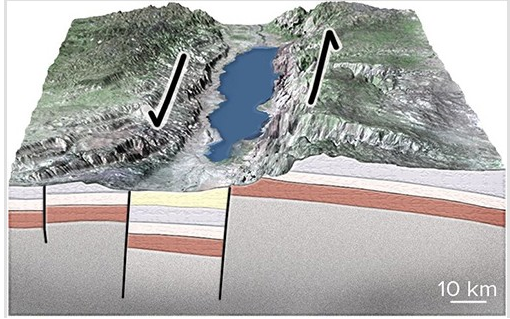In the mining districts of the Bolivian and Peruvian Andes, what was the most important mineral excavated during the colonial period?
A) gold
B) silver
C) copper
D) iron
E) none of the above
Answer: B
You might also like to view...
The type of basin shown in this figure is a

A) passive margin.
B) normal-fault basin.
C) foreland basin.
D) basin along a strike-slip fault.
Mollusks and crustaceans are most likely to live in the ________ zone of a lake
A) littoral B) limnetic C) profundal D) neritic
The outer bank of a meander in a meandering stream is called the ____________________, where
(erosion/deposition) ____________________ takes place. The deposit on the opposite side of the channel is called the ____________________, which is where (erosion/deposition) ____________________ occurs. Fill in the blank(s) with the appropriate word(s).
Ozone thinning is
A. greatest in the Northern Hemisphere in October. B. evenly distributed for most of the year. C. greatest in the Southern Hemisphere in April. D. more pronounced in Antarctica than the Arctic.